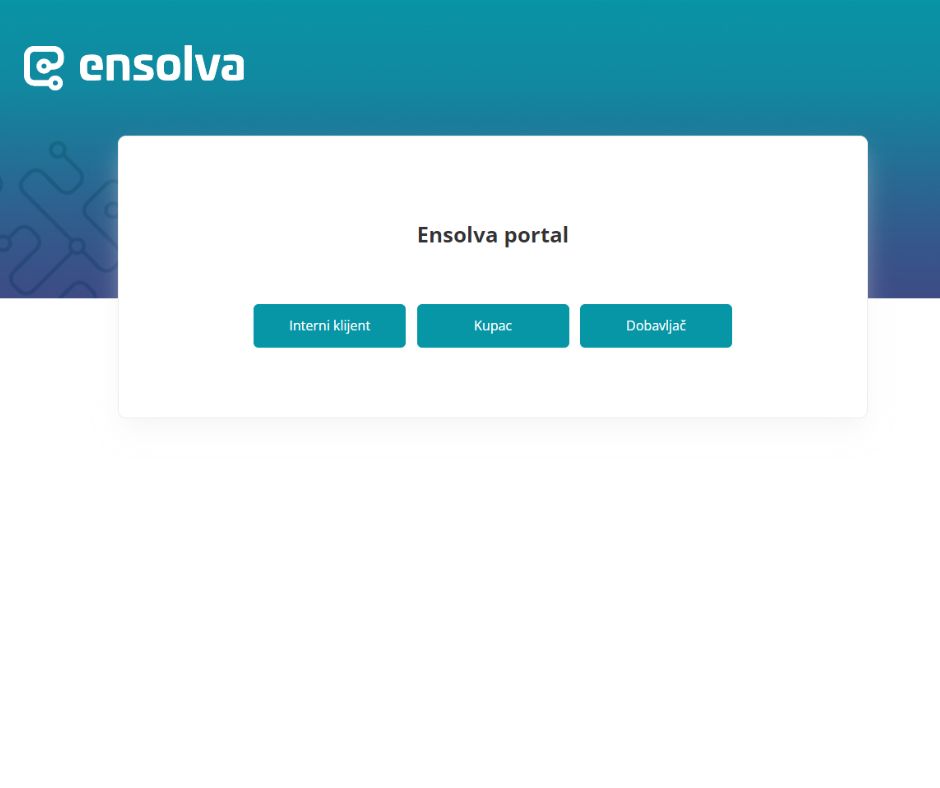You must be wondering why supplier base optimization is important? A quality supplier base is important for successful procurement because if you have such a supplier base, then you have an advantage over others. If you want more reliable supply, more competitive prices, better quality products and services, lower risks and better sustainability, then by all means you will at least try. This process is a ‘springboard’ for all further processes, all for the purpose of achieving the main procurement goals.
1. Do an assessment of your current supplier base
Before you start upgrading, you need to thoroughly assess the current state of your supplier base. Analyze all existing suppliers, their conditions and performance. Identify key suppliers and categorize them according to their importance to your company. Also, check how many suppliers you have in your base and what their geographical distribution is, so you can assess the diversity and sustainability of your supplier base.
2. Set your goals
Once you’ve made your assessment, set clear goals for optimizing your supplier base. Goals should be measurable, achievable and aligned with the company’s business strategies. Therefore, it is important that you know what you want to achieve and what your priorities are. For example, if you’ve noticed that you lack diversity in your supplier base, make it a goal to increase the number of suppliers from different countries. Or if you often have a problem with delivery or quality, make it your goal to improve those aspects with your current suppliers. Certainly, the most common goals are to reduce procurement costs and improve delivery times, so take them into account as well.
3. Maintain good relations with your suppliers
Optimizing the supplier base implies establishing strong relationships with the most important suppliers. Communication with suppliers should be regular and open. Hold frequent meetings, give feedback to suppliers to highlight what is going well and what areas need improvement. Cooperation with suppliers can lead to better quality solutions, better conditions of cooperation and long-term partnership relations that will bring benefits to both parties.
4. Choose different suppliers
To reduce reliance on a single source, try to diversify your supplier base. Your procurement process will be more affected by changes in the cost, quality or delivery of your suppliers if you depend on them. You will have more flexibility and a stronger defense against unforeseen events, such as market disruptions and other changes affecting the procurement area, if your supplier base is diverse. To strengthen the resilience of your supplier base, look for new suppliers with different skills, industries or geographies.
5. Track your suppliers and evaluate them
A key step in this whole process is actually regularly monitoring the performance of each supplier to match your standards. Identify key performance indicators so that you have clear criteria by which to evaluate the performance of a particular supplier. These can be any parameters that are important to you (price, delivery time, product quality, service level…). This kind of analysis will allow you to recognize potential problems in time and adjust your supplier base according to your company’s needs. If you notice that some vendors are not meeting expectations, talk to them to resolve the issues or simply consider new vendors.
6. Always improve your supplier base
Optimizing the supplier base is not an overnight process. It is important that you constantly improve it. Regularly evaluate and rate suppliers to keep your base at a high level. Stay abreast of changes and constantly explore new possibilities. Communicate with all key members of your company to align supplier base optimization goals with business strategy and company needs.
Optimizing your supplier base may be the last thing you think is important, but it’s actually a key item for procurement success. By applying these steps, you will ensure a stable and competitive supplier base with which you will be able to more easily ‘choose’ the best for your company’s interests. It is important to keep in mind that this is a continuous and long-term process that requires the engagement and cooperation of all members of the company. This is work that requires patience, but it will benefit you in the long run, so it’s definitely worth a try.



